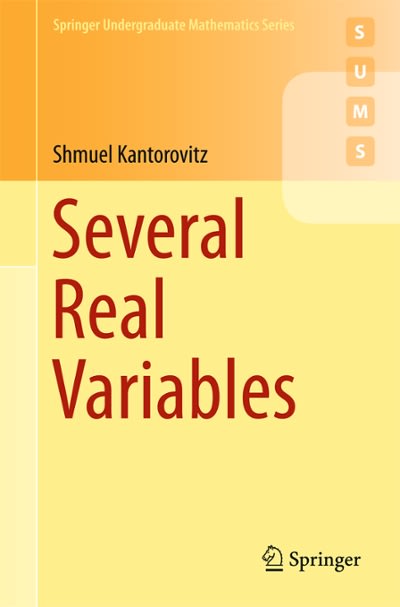marketing has grown as software becomes more readily available and as familiarity with the approach grows Dave has just received a dataset containing the responses of a random sample of 50.000 customers to a new offering from BookBinders titled "The Art History of Florence." Dave is eager to assess the potential value of logistic regression as a method for predicting customer response and has asked you to complete the following analyses. 1. Logistic Regression Estimate a logistic regression model using BUYER as the dependent variable and the following as predictor variables: (Use 'Analyze/Regression/Binary Logistic" in SPSS. Save the predicted probabilities by clicking on the 'Save" button and then on "Probabilities' under "Predicted Values ). LAST Technical Note: TOTALS PURCH is excluded from the set of predictor GENDER variables - including it will lead to perfect CHILD collinearity since PURCH (the number of books YOUTH purchased) is equal to the sum of the number of COOK books purchased in the 7 categories. By including DO_IT the number of purchases in each category, there is no need to include the total number of REFERNCE purchases. ART GEOG a) Summarize and interpret the results (so that a marketing manager can understand them). Which variables are significant? Which seem to be 'important"? Interpret the coefficients for each of the predictors. 2. Decile Analysis of Logistic Regression Results a) Assign each customer to a decile based on his or her predicted probability of purchase. (Hint use "largest values" to create deciles) b) Create a bar chart plotting response rate summarized by decile. (Hint: Use deciles as the "Category Axis" and mean "Bought" on the vertical axis) :) Generate a report showing number of customers, the number of buyers of "Art History of Florence' and the response rate to the offer by decile. (Hint: use "Case Summaries," be sure to uncheck "Display Cases") d) Generate a report showing the mean values of the following variables by probability of purchase decile: Total $ spent Months since last purchase, and Number of books purchased for the seven categories (i.e., children, youth, cookbooks. do-it-yourself, reference, art and geography). (Hint: use "Case Summaries," be sure to uncheck "Display Cases") e) Summarize and interpret the decile analysis results







